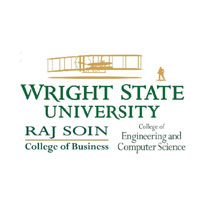
In Ohio’s evolving tech landscape, organizations face a common and growing challenge: finding and retaining skilled STEM talent. STEM represents fields in Science, Technology, Engineering and Mathematics. Disciplines within these fields are varied and may include jobs in management information systems (MIS), artificial intelligence (AI), cybersecurity, analytics, supply chain management (SCM), economics, computer science, and engineering.
Ohio employers can overcome this talent-gap hurdle by critically considering a rich and readily available talent pool among international students from local universities with STEM degrees. Employers’ hesitation usually emanates from concerns about visa limitations or perceived short-term employment windows. However, as someone who works closely with these students, I’ll dispel these myths and explain their long-term value.
The Facts: Nearly Four Years of Work Eligibility Without H-1B Sponsorship
At Wright State University for instance, we graduate several international students each year from our STEM-designated programs and currently have over 1,000 graduates on Optional Practical Training (OPT). These students are not just academically strong; they are fluent in global business practices, technologically skilled, and eager to contribute to the state’s economy.
More importantly, they are legally eligible to work in the U.S. for nearly four years after enrollment without needing an H-1B visa initially. Here’s how:
- Curricular Practical Training (CPT) allows students to intern with local businesses in the Miami Valley region prior to graduation for up to 12 months.
- Optional Practical Training (OPT) provides 12 months of full-time work authorization post-graduation.
- STEM OPT Extension grants an additional 24 months to graduates of STEM-designated programs like MIS.
That adds up to three years of full-time post-graduation work, plus internship time during their degree. All of this can be managed without H-1B sponsorship, a key point many employers overlook.
Local Talent, Global Perspective
These students are already here in Ohio and live in our communities. They study and work under the guidance of faculty and staff committed to equipping them with cutting-edge, career-ready skills. I’ve watched these students excel in hands-on analytics projects, design complex systems, and solve real-world problems through internships and capstones with local companies.
Also, they bring onboard a global mindset, linguistic diversity, and cross-cultural competency. These are qualities that are increasingly vital as Ohio’s businesses expand into new markets and serve increasingly diverse customer bases.
Myth-Busting 1: “Are there jobs in Southwest Ohio for International Students”?
A common misconception in southwest Ohio is that job opportunities, especially for international students are limited to government-related work at the Wright-Patterson Air Force Base, which typically requires only U.S. citizenship. However, this region is home to a growing number of private sector employers in IT, biotech, manufacturing, logistics, and healthcare, many of whom actively seek skilled talent regardless of nationality. Startups, mid-sized companies, and global firms across the Miami Valley region could benefit from international graduates’ talents. International students on STEM OPT are eligible to work for most private sector employers, provided the role is related to their field of study.
Myth-Busting 2: "But They’ll Leave Soon, Right?"
This is perhaps the most common misconception I encounter in conversations with Ohio business leaders: the belief that international students are only a temporary solution because of visa expiration or immigration hurdles.
Here’s the reality: most young professionals regardless of nationality change jobs every 2 to 4 years. According to the U.S. Bureau of Labor Statistics, the median tenure for employees aged 25 to 34 is under three years. Hence, even if an international graduate works for your organization during their full OPT period and then moves on, you are still receiving a better-than-average, return on investment. Furthermore, international students often demonstrate greater loyalty to companies that give them their first professional opportunity, especially in regions like Ohio, where the tech community is tight-knit and supportive.
Myth Busting 3: “Should I Sponsor visa immediately after hiring”
Many small and medium-sized organizations worry that hiring international graduates means immediately navigating the complexities of visa sponsorship. This is not the case. With up to three years of STEM OPT, you have ample time to assess an employee’s fit and performance. During that period, if you decide that the individual is indispensable, you can choose to sponsor them for an H-1B visa or green card. The most important insight is that that decision does not need to be made on day one or soon after hiring.
This “hire first, sponsor later if needed” approach gives Ohio companies flexibility and minimizes risk.
Why This Matters for Ohio’s Economic Growth
As Ohio continues to attract major investments in manufacturing, semiconductors, IT services, and logistics, the demand for specialized talent will only intensify. Companies like Intel are already transforming the employment landscape, and that ripple effect will be felt across the state.
Hiring international graduates from local institutions offers a homegrown solution to national workforce shortages. These students are trained here, adapted to Ohio work and social culture, and eager to stay and contribute. They represent a ready-to-deploy workforce that understands both global dynamics and local needs.
Practical Steps for Employers
- Contact University Career Centers: Ohio universities have dedicated units such as Wright State’s Career Hub that assists employers with hiring students and understanding CPT/OPT processes.
- Launch Internships via CPT: Hosting a student during their academic program gives you a no-pressure trial run and introduces your organization to emerging talent.
- Educate Your HR Teams: Ensure recruiters and hiring managers are familiar with the work authorization options available to STEM students through CPT and OPT.
Final Thoughts: It’s a win-win for Ohio
Your company’s next data scientist, AI expert, or cybersecurity specialist, may already be in a classroom at your local university, learning, contributing, and ready to prove themselves.
Ohio educates thousands of brilliant international students each year, yet many leave the state after graduation for opportunities in tech hubs like California, North Carolina, and Texas. If we want to grow Ohio’s economy and compete nationally, we must work to retain this talent.
Hiring international graduates isn’t about replacing domestic workers. It’s about complementing the workforce and filling urgent skill gaps. These students bring innovation, drive, and a global mindset to local companies. Let’s give them a chance to help build Ohio!
About the author: Dr. Daniel Asamoah is the Chair and Professor of the School of Finance, Accountancy, MIS, and Economics at Wright State University. An expert in business analytics, big data applications, decision support systems in healthcare, and operations management, Dr. Asamoah has spoken at numerous conferences, including the annual meetings of the Decision Sciences Institute. His research has been featured in various prestigious journals, such as Decision Support Systems and Simulation.




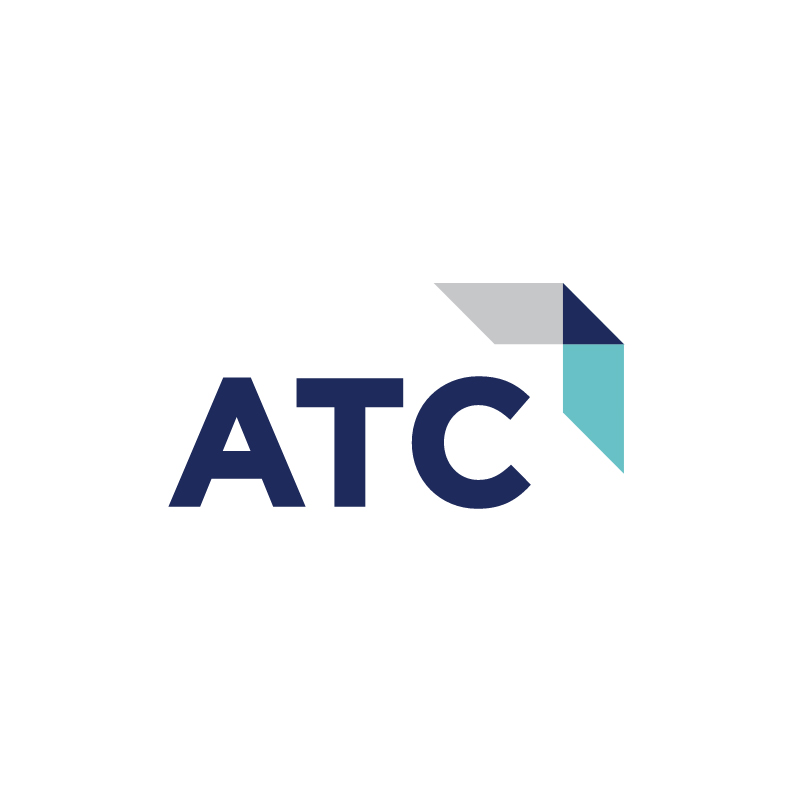

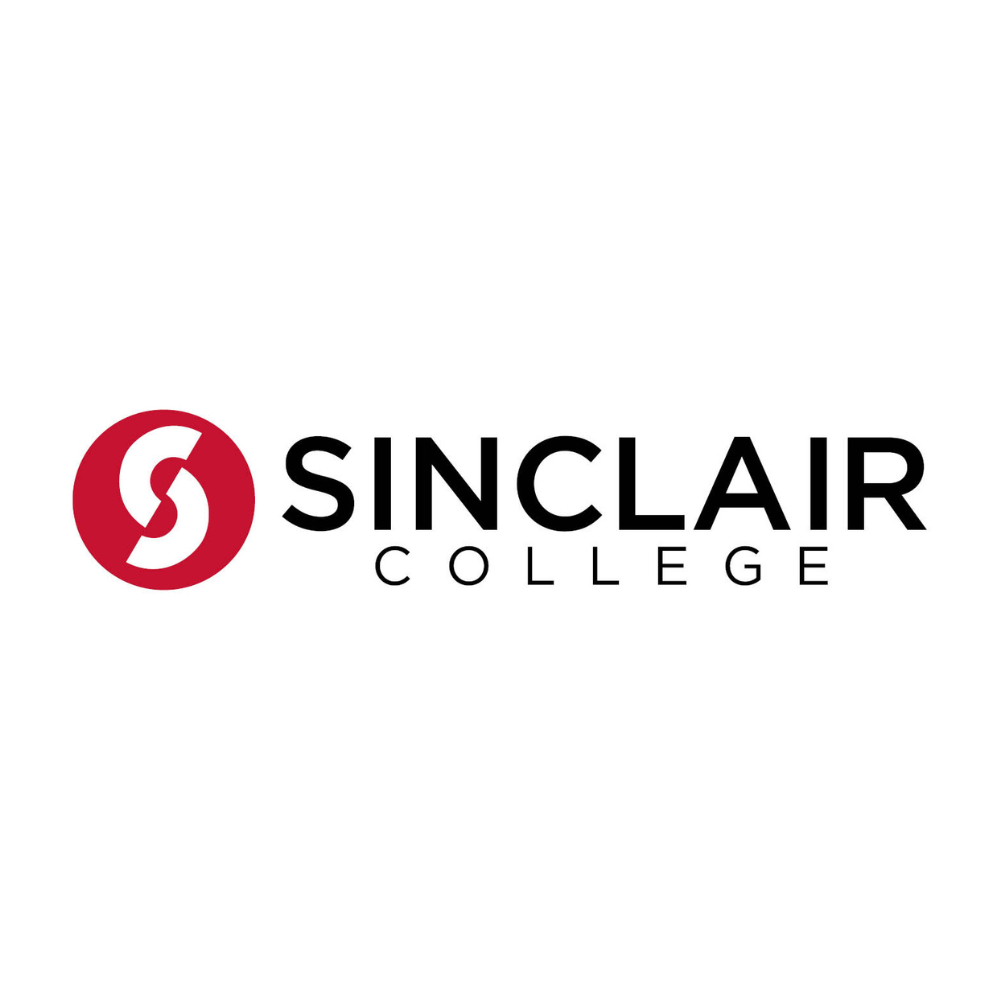
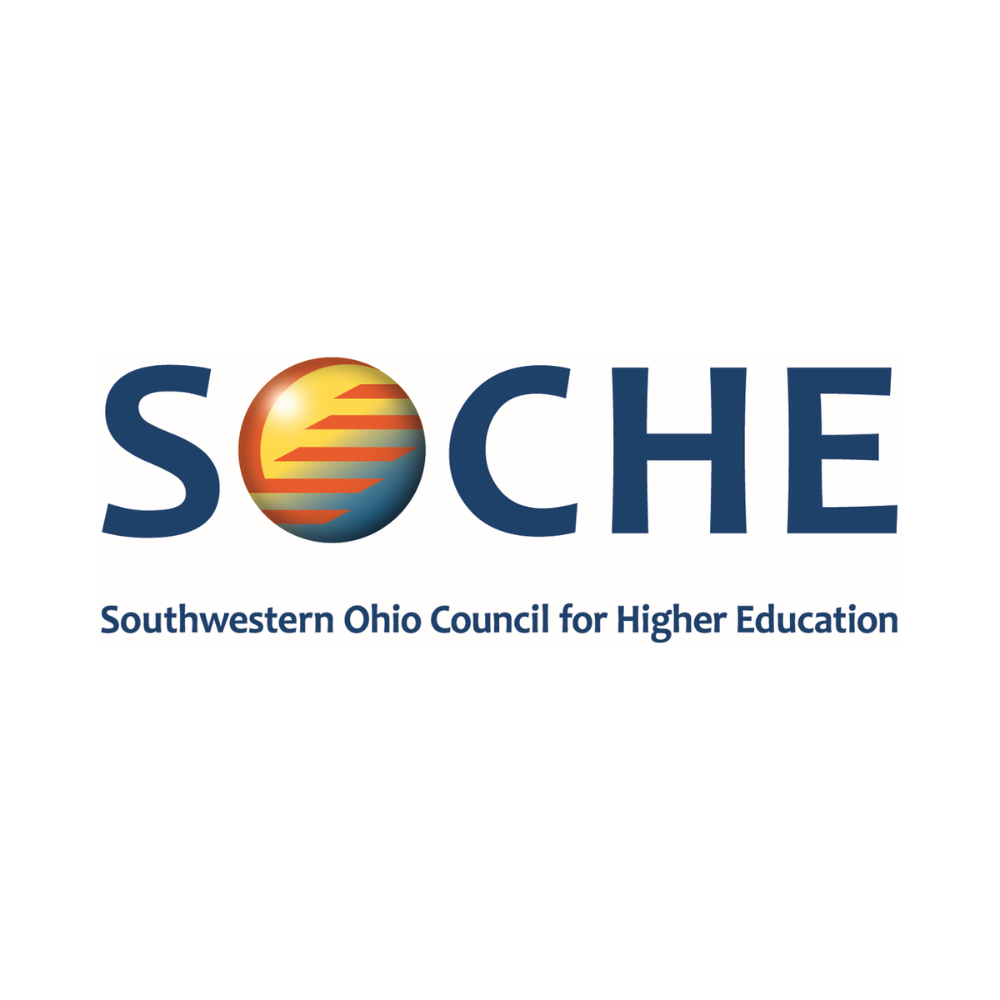
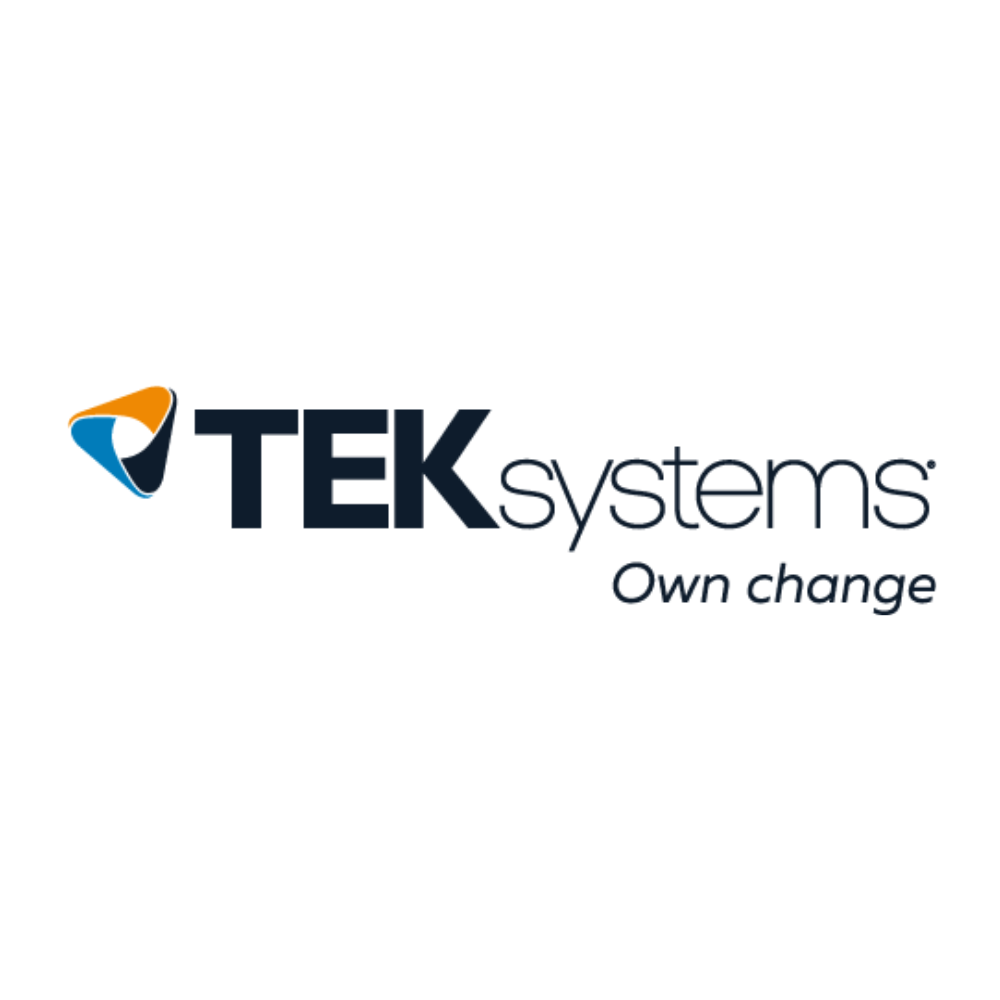
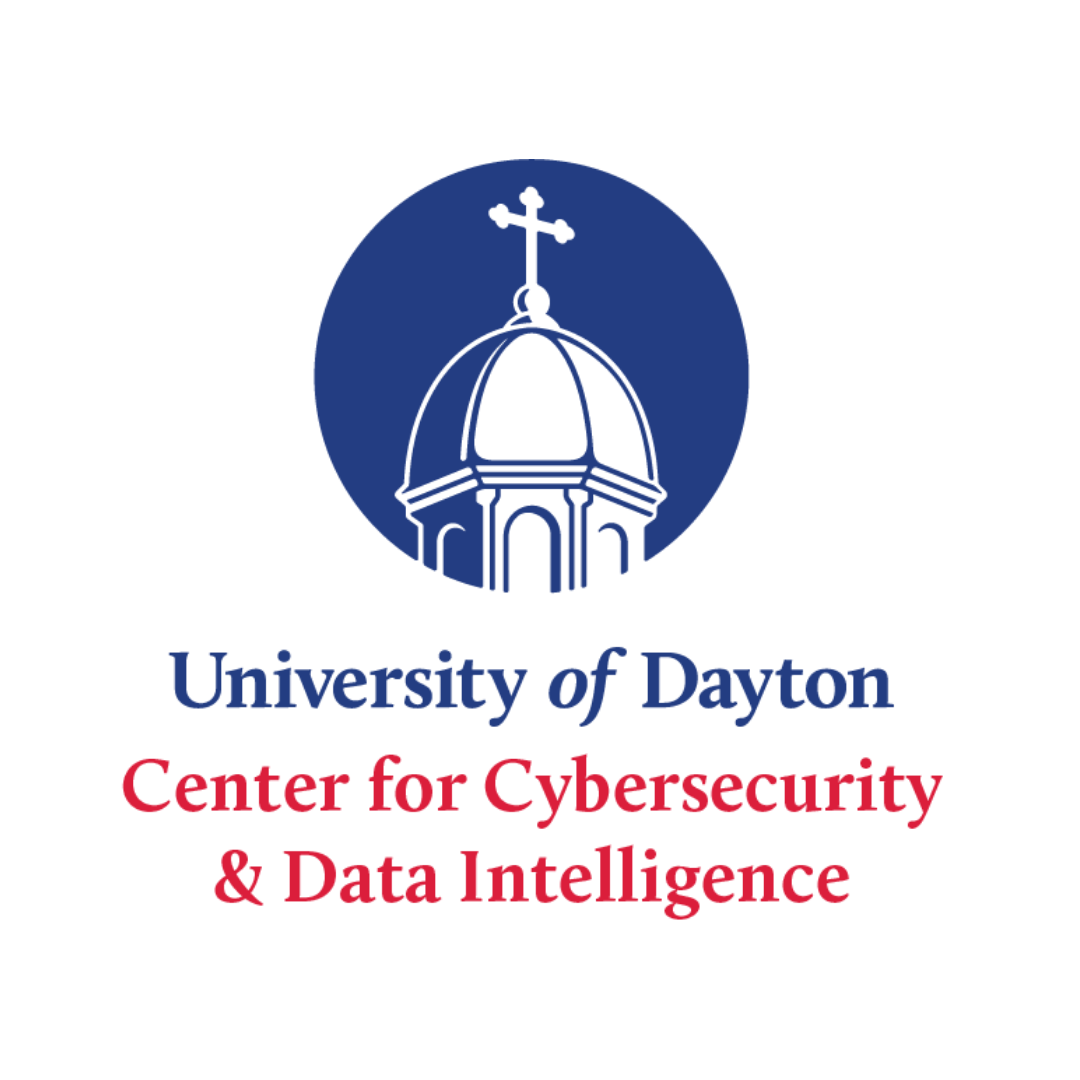





.png)

